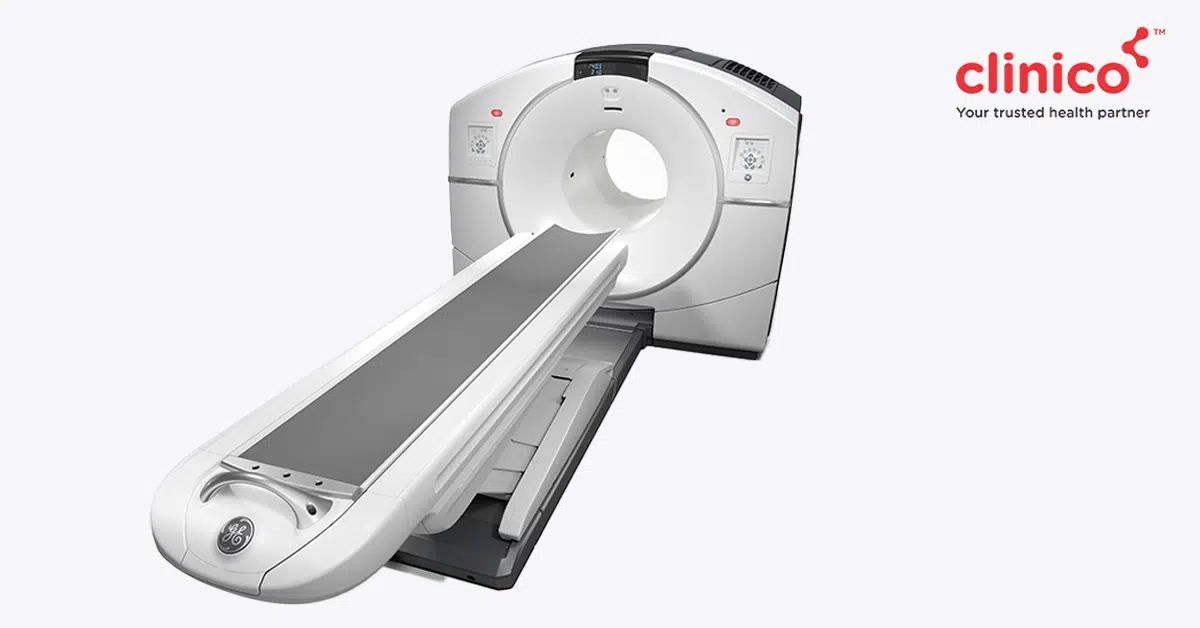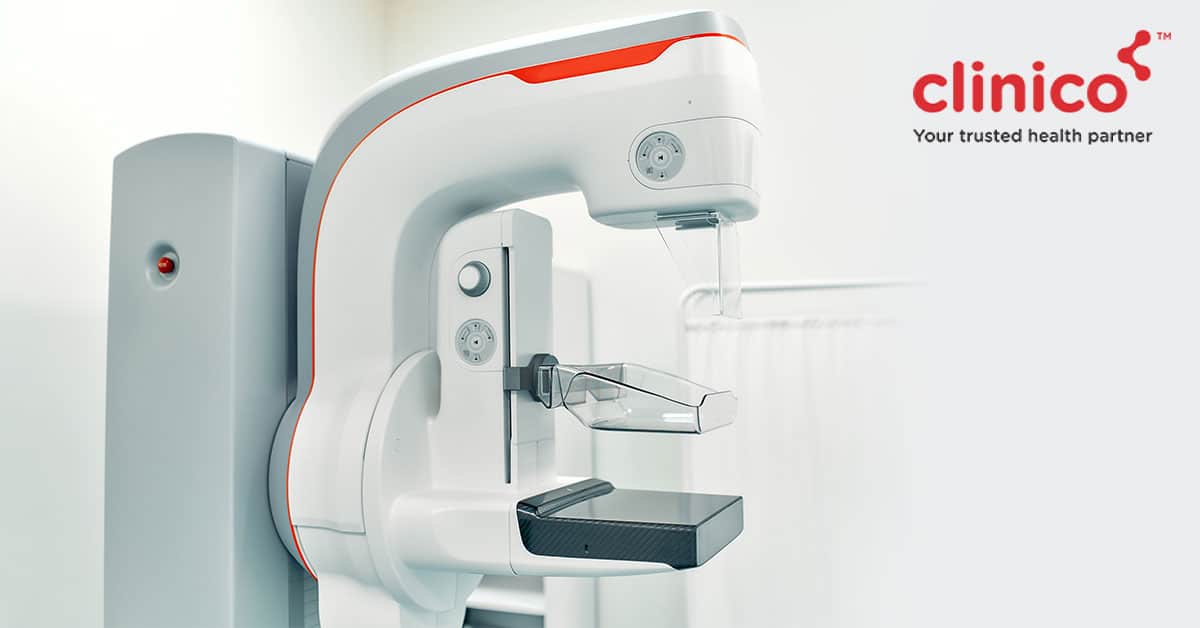
Heard about mammogram? Curious to know more about it?
This comprehensive yet short blog will provide you with a complete overview of mammogram including what is a mammogram, how does a mammogram work and when should you get a mammogram.
What is Mammogram?
A common diagnostic imaging test, the mammogram is basically an x-ray of the breasts with the main purpose of detecting any tumors or tissue abnormalities. Mammograms that are conducted to check for early indications of breast cancer are called screening mammograms.
On the other hand, mammograms that are carried out to check for potential cancerous tissue after a woman develops a symptom like a lump in the breast, nipple discharge, breast skin changes, pain in the breasts, etc., is called a diagnostic mammogram.
How Mammogram is done?
A mammogram is done via two methods: Film-Screen Mammography which generates a photographic film and Digital Mammography which produces digital images. The procedure for both the methods is the same and is as follows:
- The female patient is asked by the female x-ray technician to stand in front of the mammography x-ray machine.
- The woman is asked to place her breast comfortably between 2 clear plastic plates on the machine. The plates then gently squeeze the breast and flatten it for creating an image of higher clarity without any blurring.
- The x-ray machine captures the image of the breast from a couple of different angles and shows them on the monitor.
- The same procedure is followed for the other breast as well.
The radiologist then examines the generated images for any signs of breast cancer. The test procedure usually concludes in around 20 minutes, and women might experience mild pain or discomfort during the procedure.
Why someone should get a Mammogram?
The general consensus around mammograms is that women over the age of 40 should get a mammogram done every year as a precautionary measure. This assumes more importance for women who have a family history of breast cancer.
Also, women of any age, if they feel any unusual lumps, bumps or uneasiness in any of their breasts should immediately consult a healthcare professional and get a mammogram done to check for breast cancer.
How does it help in treating Breast Cancer?
Mammograms play a crucial role in the early diagnosis and monitoring of breast cancer as it progresses. This is particularly significant as the earlier the breast cancer is diagnosed, the simpler it’s to get cured.
Once you get a mammogram done, the radiologist will go through the images, check for tumors in the form of focused white spots/areas, and note down their shape, size, pattern & edges for further analysis.
There are two types of tumors that are found in the breast: cancerous and benign (harmless). It’s important to note that majority of the tumors detected in breasts are generally benign in nature.
What does Mammogram Result show?
Once the test is over and the doctor/radiologist has noted down their observations, the results of the test will mention one or more of the following findings:
- Lumps/masses in the breast
- Cysts
- Benign tumors
- Cancerous growth
- Calcium depositions in the ducts or other breasts tissues (calcification)
- Tissue distortions (a sign of tumors spreading into adjacent tissues)
- New dense area identified in the breast as compared to the previously conducted mammogram test
- Early signs of dense areas emerging in the breast
Conclusion
Mammograms are a hugely important tool in the diagnosis of breast cancer and help in saving the lives of millions of women worldwide every year. Even though some discomfort may be experienced during the test, mammograms are a safe test with very little usage of radiation which isn’t a concern.
If you have been prescribed a mammogram by a healthcare professional, then feel free to contact us 24×7 on 9504555555 to book an appointment at our state-of-the-art diagnostic centre in Mulund West.
Bagley, Frederick H. “The role of magnetic resonance imaging mammography in the surgical management of the index breast cancer.” Archives of Surgery 139.4 (2004): 380-383.
https://jamanetwork.com/journals/jamasurgery/article-abstract/396513
Moody-Ayers, Sandra Y., Carolyn K. Wells, and Alvan R. Feinstein. “Benign tumors and early detection in mammography-screened patients of a natural cohort with breast cancer.” Archives of Internal Medicine 160.8 (2000): 1109-1115.
https://jamanetwork.com/journals/jamainternalmedicine/article-abstract/415649


